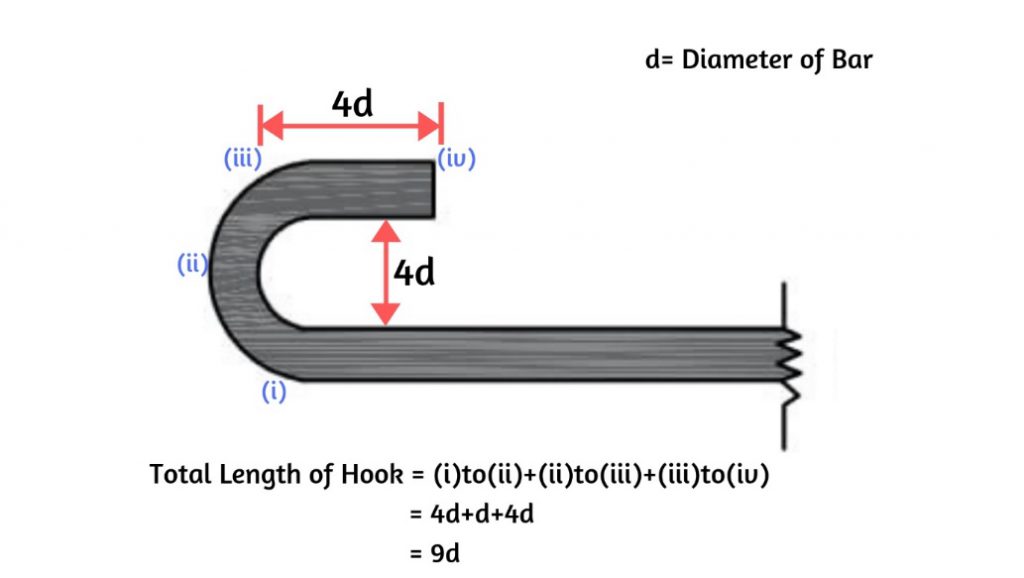The bars used of any material as a structure stability member in the R.C.C structures are termed as rebars. The bar bending schedule is made in order to organize the steel members used in the structural members where major load is contributed such as columns, beams, slabs and foundations.
These are used to determine the location, making quantity, the cutting lengths, hooks, shapes, and other aspects required. B.N.Datta has given a certain recommendation such as:
| Components | Percentages |
| Slabs | 1% of concrete volume |
| Beams | 2% of concrete volume |
| Columns | 2.5% of concrete volume |
| footing | 0.8% of concrete volume |
These are however outdated as the load particulars and are varying at present.
Some of the basics of bar bending schedule are as follows:
- The standard bar length is about 12m or 40’ at which the bars are sold.
- The weight of bar is determined by D2/162 where D is the diameter of bar (for 1m).
The various rules for the BBS are:
Table of Contents
1)Hook/cutting length for the stirrups:

Figure 1 Hook Length
These are provided at the ends of the rebars in ties or stirrups. The length of hook is taken equivalent to 9d, where d is the diameter of bar. Its pictorial representation is
Also, the cutting length is given by
For stirrup/tie = bar length + 2 x Length of Hook
Hence, Cutting Length = L+2(9d) = L+18d (d is the diameter of bar)
Total Cutting length = L+18d (d is the Diameter of a bar)
2)Length of the bend:
It has further two variances:
I)Cranked bars:


Figure 2 Cranked Length
These are generally provided to balance the shear stresses generated explained by the figure below:
The inclination lengths are determined on the angles of inclination and the values. In order to keep it in proper position, some extra bar length is provided that is L/4 which makes the total bar length = 1.5L+0.84D.
(where, D = slab depth- cover of top and bottom)
II)Bent at corners:
Some standards adopted are:
- Bend length for 45° = 1d
- Bend length for 90° = 2d
- Bend length for 135° = 3d
3)Lap/overlap length:
These are provided in order to reduce the gap which may occur between the new and old reinforcement:
- For compression members = 50d
- For tension members = 40d
Important rules for BBS:-
- The bars should be grouped for each structural member and are specified separately for each floor.
- They are listed numerically in order.
- These are verified by their unique labelling of all details.
- These bars should have been made in accordance with the standards adopted.
- The bending, cutting and all other extra lengths of steel are to be calculated separately.
USES:
- Estimate the total steel quantity for the structure in quoting the tender or the cost.
- Determining the cutting & bending length to minimize the wastage of steel and have an economic construction.
- It is an ease to the site engineers to determine the cutting, bending and lap lengths.





